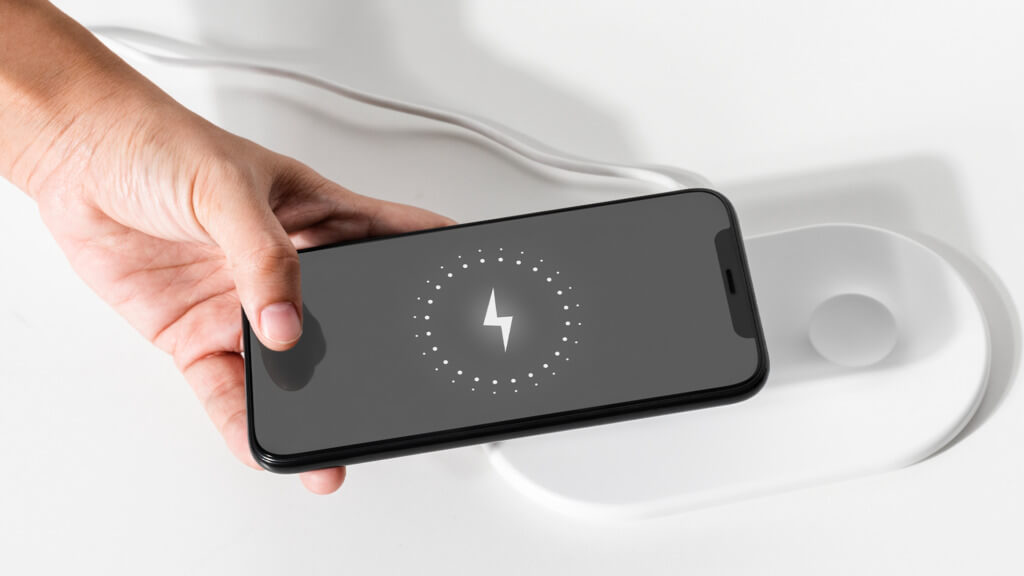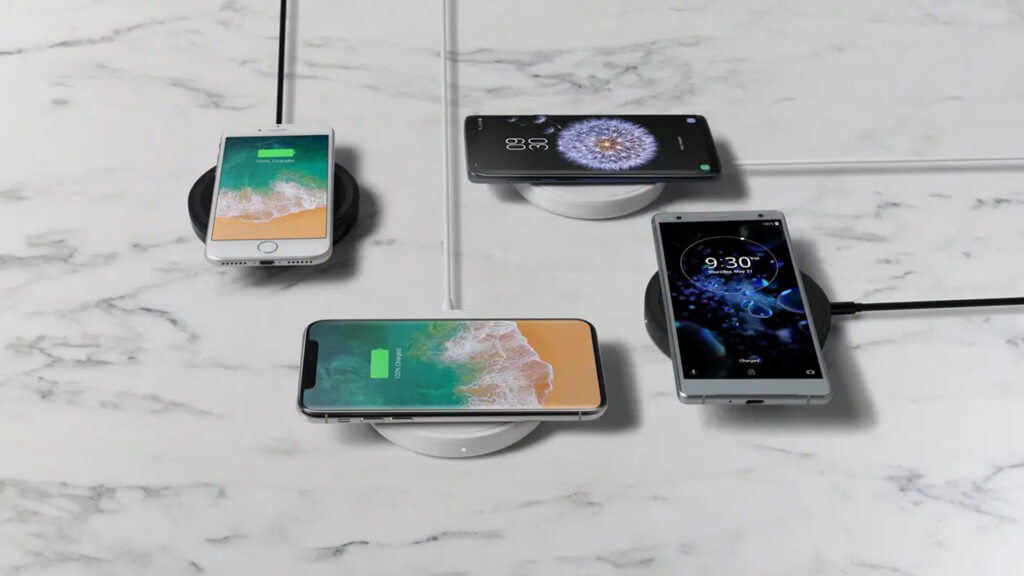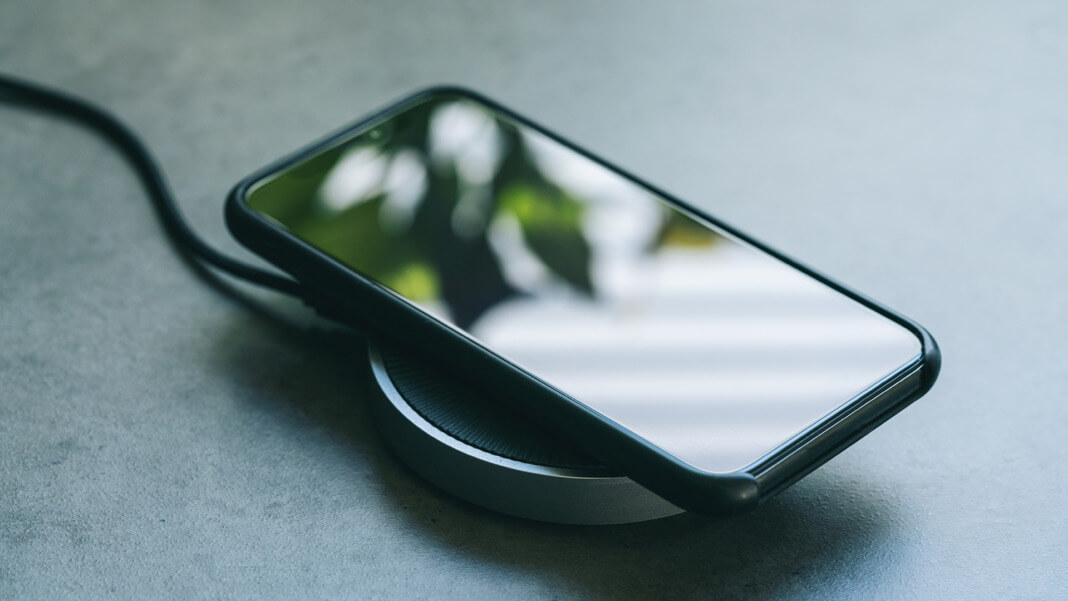Going cordless seems to be the future. From the rise of Bluetooth earbuds to the increasingly wireless homes we inhabit, it’s clear that we’re continuously moving towards eliminating physical connectors from our lives. One such technological advancement that’s rapidly becoming commonplace is wireless charging. Though it promises convenience, many ponder the question, “Is wireless charging truly safe?”
While the cable-free appeal is undeniable, and the image of simply placing a device on a pad to charge it seems almost magical, there are concerns. These concerns revolve around potential health risks, the devices’ safety, and the environmental impact. In this article, you’ll explore the ins and outs of wireless charging, understand its mechanisms, and look into its possible risks and benefits.
How does wireless charging work?
You’ve likely heard of the term ‘Qi’ (pronounced as ‘chee’) when discussing wireless charging. Established as a universal standard by the Wireless Power Consortium, Qi ensures that wireless chargers and devices speak the same charging language. This is crucial for ensuring compatibility across myriad devices and brands.
How does this system work? The magic, so to speak, lies in the realm of electromagnetic fields. These fields aren’t a new concept; they’ve been foundational in electrical and electronic theory for decades. In wireless charging, the principle revolves around the idea of electromagnetic induction.
At the heart of the process are two coils. The first coil, residing in the charging pad, is connected to the power source. The second coil is neatly tucked inside your device. When electricity is passed through the first coil in the charging pad, it creates an electromagnetic field around itself. When you place your device on this pad, the coil inside falls within this electromagnetic field. This field induces a voltage in the device’s coil, which is converted back into electric current to charge the battery. It’s a process that, in many ways, mirrors how transformers operate, though in a miniaturised form tailored for portable devices.
Is wireless charging safe?
With all this talk of electromagnetic fields, a natural question arises: are these fields safe? After all, concerns about electromagnetic fields, especially health, have been discussed in various contexts.
Here’s the reassuring part: the strength of electromagnetic fields generated by wireless chargers is relatively low. Moreover, these fields are predominantly localised and diminish rapidly with distance. This means your exposure is minimal as soon as you move, even a small distance from the charger. Furthermore, the design of Qi and other wireless charging standards incorporates measures to ensure the electromagnetic fields remain within globally accepted safety limits. Renowned health organisations, including the World Health Organisation, have researched this technology extensively. Their findings underscore that the electromagnetic fields produced by wireless charging devices don’t pose risks to humans or animals.
It’s also worth noting that while other electromagnetic sources, like certain high-tension power lines or particular electronic devices, may have raised health concerns in the past, the nature, strength, and exposure duration related to wireless charging are vastly different and much milder.
As you marinate in the luxury of placing your device on a pad and watching it charge without wires, rest easy knowing that behind this convenience lies a well-researched, scientifically grounded, and safe technology.
Can wireless charging damage your device?
Safety isn’t solely about you; it also encompasses your device. You might wonder if this form of charging can diminish battery life or hurt your gadget in the long run. The good news is that wireless chargers are designed with multiple safety mechanisms. They often have features that detect foreign objects or overheating and can adjust the power output or shut down completely to prevent any potential damage.

Picking the right charger is crucial. Opting for a Qi-certified wireless charging pad, such as those offered by trusted brands like Belkin and Baseus, ensures compatibility with your smartphone or tablet. Qi, as a universal standard, assures that the charger and your device speak the same ‘power language’, preventing potential discrepancies in power delivery. Beyond mere compatibility, when a charger is developed specifically for your smartphone, it indicates an alignment with your device’s unique features and requirements. Checking for product compatibility icons can give you insights into which smartphone models the charger best serves.
Safety standards, too, play a pivotal role. Certifications such as FCC, CE, RCM, BSMI, EAC, KC, and UL Listed are not just alphabetic jumbles but powerful indicators of a product’s safety and adherence to international guidelines. These stamps of approval guarantee that the charger operates within safe emission levels and is crafted from non-hazardous materials.
The dynamics of charging bring forth another set of questions. For many, the fear of overcharging a device lingers. However, advanced charging pads, especially those from reputed brands, come with mechanisms to trickle charge your device safely. In layman’s terms, even if the battery dips slightly below 100% when on the pad, a minimal current keeps it fully charged, negating the risk of overcharging. This feature ensures peace of mind for users who prefer to leave their devices on charging pads for extended periods.
Delving deeper into the charging process, intelligent microchips, known in tech circles as smartchips, offer another layer of safety. These chips can discern the precise power your device needs and deliver just that. In scenarios where your device demands higher power, these chips adjust their output, ensuring the charging process is efficient and safe. And for those concerned about external power surges, rest easy knowing that even if your wireless charger’s base faces voltage spikes from unforeseen circumstances, this excess voltage is barred from reaching your device, making wireless charging inherently safer than direct charging.

Yet, in our often hectic lives, it’s common for objects like keys or coins to find themselves unwittingly placed on a charging pad. Here’s where the quality of the charger shines through. Top-tier chargers, such as BOOST↑UP™ Wireless Charging Pad 7.5W from Belkin, come equipped with foreign object detection. This feature promptly ceases charging upon detecting an incompatible object, usually alerting users with signals like an LED light. It’s a testament to the depth of thought that ensures every charging session is safe and efficient.
In essence, while wireless charging is a step into the future, it’s a technology anchored in meticulous safety measures and user-centric design. By choosing products from established brands and understanding the safety features they bring, users can effortlessly blend innovation with peace of mind, ensuring that their devices remain powered up and protected.
What about the environmental footprint?
Considering the environment is paramount in our ever-conscious society. The question arises: is wireless charging more wasteful than its wired counterpart? It’s crucial to acknowledge that wireless charging, due to its very nature, is slightly less efficient than wired charging. This inefficiency means more electricity is required to charge a device wirelessly than a cable.
However, the difference is minimal, and as technology improves, this gap is expected to narrow. Moreover, the potential reduction in electronic waste from not needing cables might offset the environmental concerns regarding energy usage. Still, as with any tech, users must be mindful of their consumption habits.
A new chapter in charging
Wireless charging, like any other technology, has its pros and cons. Its convenience is unparalleled: imagine never fumbling with cords or searching for the right charging cable again. From an efficiency perspective, while there might be a small environmental cost now, ongoing innovations are set to make this technology more sustainable.
The green light is on for your safety and the safety of your devices. As long as you’re using reputable products and ensuring your devices are placed correctly, there’s little to worry about. As we usher in this new chapter in charging, it’s clear that with a sprinkle of awareness and a dash of cautious optimism, the future is both cordless and promising.





